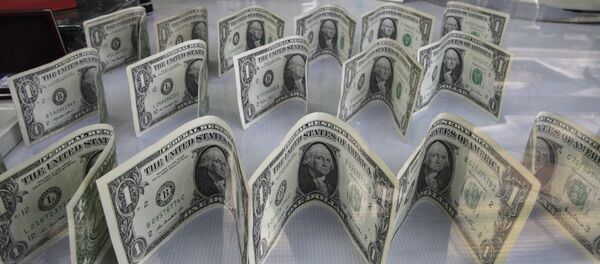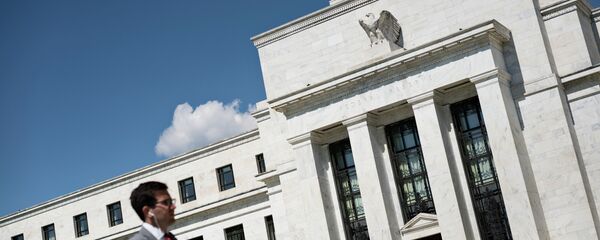Kristian Rouz – The Federal Open Market Committee (FOMC) policy meeting is underway in Washington, but once again, no interest rate hikes are expected. Meanwhile, speculation is brewing that ultra-loose monetary conditions could harm the broader economy.
With savers and trust funds, including individual and institutional investors, losing money, low interest rates are contributing to discrepancies between the expansion of the real economy and gains in the financial sector. Subsequently, monetary policies are becoming less efficient in the longer-term, potentially resulting in a weaker regulative response when the next recession strikes.
The Fed is not expected to raise rates until September or December at best, with market participants putting their bets on a hike sometime in 2017.
Policymakers lack evidence that an expected acceleration in the domestic prices index will occur, while the broader landscape largely remains unchanged: low commodity prices keep fuel and manufacturing costs subdued, while the strong dollar keeps imports competitive. The extended period of slower global growth stemming from the weaker industrial output in mainland China, and financial risks stirred by the UK’s separation from the EU are also factors preventing the Fed from boosting rates.
"There's not a lot of reason to raise rates until inflation goes up," Kevin Logan of the New York branch of HSBC said.
New York Fed President William Dudley went as far as explicitly saying that policymakers are expecting more prominent indications of an across-the-board acceleration in inflation before raising rates.
Currently, base borrowing costs stand at 0.25-0.5 percent, and 30-year mortgages are hovering at just above 3.30 percent (with a 3.6 percent APR).
Meanwhile, Mohamed El-Erian of Allianz SE has called for the Fed to raise rates sooner, emphasizing that long-term collaterals are hurting growth prospects for the US economy and that this contributes to the structural imbalances complicating, among other things, the investment climate.
“If the Fed continues with interest rates being too low, it risks causing collateral damage,” El-Erian said on a Bloomberg TV broadcast. “The more the structural headwinds, the less effective central banks’ stimulus is. It’s ironic, but this is a recognition that is now spreading within the Fed.”
The November US presidential election in another concern, suggesting the monetary authorities might be reluctant to jeopardize economic and market stability by moving on the rates before the new administration is elected.
"Rate normalization has fallen down the Fed priority list and will remain there until the dust is well settled on the financial markets and the economy," Jefferies Group, a US-based investment bank said in a note.
After the ongoing meeting, the Fed will have three more policy meetings before the end of the year, in September, November, and December.



